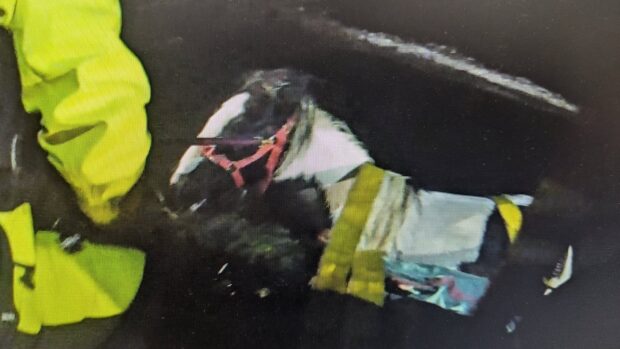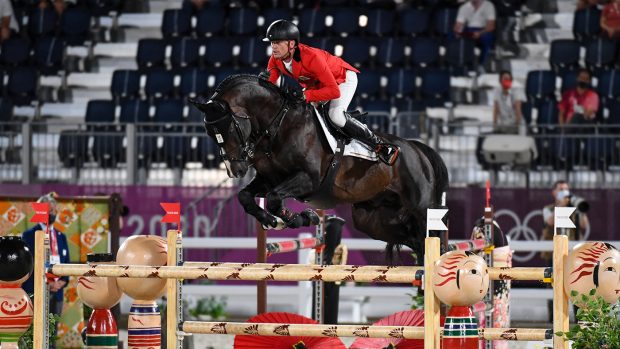The BEF has issued the following advice for horse owners.
Although horses are not susceptible to infection by foot and mouth, they may be involved in spreading infection in two ways.
What to do if you live in an “Infected Area”
When an outbreak of foot-and-mouth disease is confirmed, the Ministrydeclares an area around the infected premises to be an “Infected Area”.
The Infected Area extends for a distance of not less than 10km radius around the Infected Place, but its size may be greater if information from epidemiologists (veterinarians and scientists who study the spread of a disease)suggests that prevailing weather conditions may have caused a virus plume.
Movements of animals in this area are kept to a minimum and certain other restrictions are enforced. The Infected Area is imposed by a Special Order made under the provisions of the foot-and-mouth legislation.
What to do if you live in a “Controlled Area”
A Controlled Area is of much greater extent than an Infected Area and is imposed when there is good reason to believe that there has been or is likely to be widespread dissemination of the disease.
Usually this occurs when potentially infected animals have been widely distributed through a market. Its main purpose is to enable veterinary staff to trace these animals, inspect them, require their isolation and impose restrictions on the premises of destination.
Within a Controlled Area the movement of animals is controlled by licence and store markets are normally closed. A Controlled Area is normally in force for a short period but it may encompass a very wide area in order to reduce animal movement when the country is experiencing a major epidemic of FMD.
General advice for people leaving an Infected Area
People resident on a farm in an Infected Area should avoid coming into contact with any other farm animals and should refrain from going into fields or premises where such stock may be driven later. Before leaving the Infected Area they should:
People resident in towns and having no contact with farm animals need take no special precautions except to keep away from farm animals and to travel on main roads wherever possible.
Restrictions and precautions on outdoor activities in an Infected Area
Hunting, including the hunting and stalking of deer, point-to-point racing, the shooting, or attempted shooting at game or other wildlife, and the racing or coursing or the training for any racing or coursing of hounds or other dogs are prohibited within an Infected Area.
The culling of deer can be authorised by licence within an Infected Area by a Ministry Inspector.
Any other sporting or recreational activity which could cause infection to spread in an Infected Area can be prohibited by serving a notice. This could include hunter trials, eventing, cross-country rides, hacking across farmland.
Prohibition on hunting and stalking of deer in a Controlled Area
Article 37 of the Foot-and-Mouth Disease Order 1983, prohibits hunting and stalking of deer in a Controlled Area. It is customary practice at certain times of the year to reduce herds of deer by culling and in cases where it is necessary to cull deer by stalking, a licence may be issued for the purpose.
Applications for licences should be made direct to the Divisional Veterinary Manager or officer-in-charge of the Centre. The shooting of marauding deer by an occupier on his own enclosed land is not regarded as hunting or stalking but all other stalking of marauding deer is deemed to be hunting and is therefore prohibited.
advice for hunt kennels situated in, or collecting from, an Infected Area
All hunt kennels that handle or collect dead or casualty stock and which are situated in, or collect from, an Infected Area, will be placed under Article 38 restrictions requiring that:
.
Check with your DVM or on the website that the disinfectant andconcentration you are using is effective against FMD.
For the most up-to-date information on infected and control areas and anyamendments to this document please see the Foot and Mouth section on the MAFF website at www.maff.gov.uk



